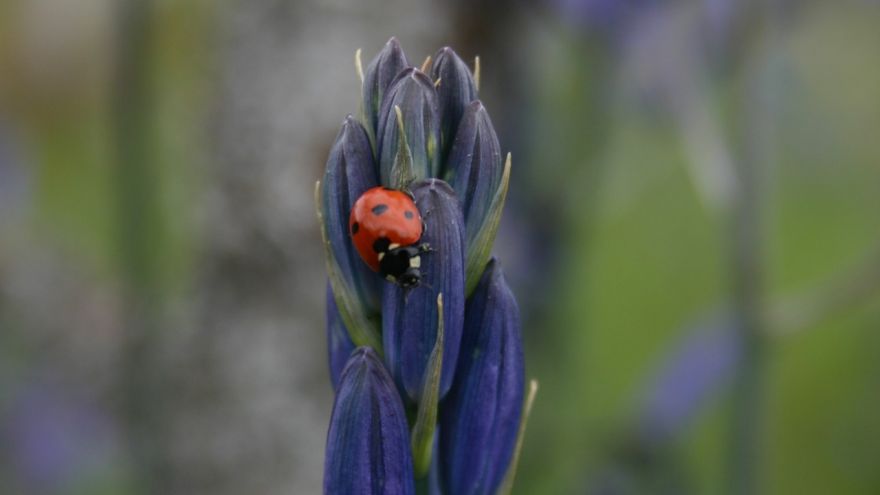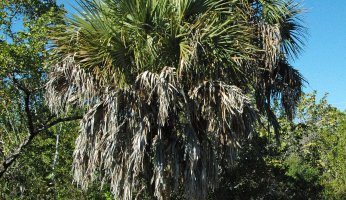Wild Edibles Profile: Blue Camas
 Wild Edibles Profile: Blue Camas
gearweare.net
Wild Edibles Profile: Blue Camas
gearweare.net
The blue camas is a perennial herb with onion-like bulbs and can grow to over 60 centimetres. It does well in moist areas that are likely to dry up during the summer season; these areas include creek banks, pools marshes, and depressions. The blue camas is a well-known native edible root, especially on the West Coast. The plant often flowers from around April to June.
Camas is part of the Camassia genus, from the asparagus family of plants commonly native to Canada and the United States. Other names of the camas plant are the quamash, Indian hyacinth, or the wild hyacinth.
A distinct feature of the blue camas is the onion-like bulbs and a height of over sixty centimetres tall; also, its flowers turn to blue during the spring season. Camas bulbs are almost similar to Indian potatoes hence the process of growing and harvesting is practically identical. Preparing blue camas for a meal, however, may require more time.
Camas bulbs are edible, but require longer cooking so that the indigestible inulin is converted to fructose, thus making it easier to digest. This process is also important because it gives a sweet taste. It is recommended to boil the bulbs for at least one hour then leave it on to simmer for an additional five hours.
Table of Contents
CHARACTERISTICS OF BLUE CAMAS
The blue camas often grows side by side with a poisonous species called the death camas, and therefore it is critical to know the differences between the two.
Below are some of the notable differences between the two:
- Seed pods of the blue camas are about a quarter inch in diameter, but can be a bit larger with seeds set farther along the stalk. Death camas seedpods, on the other hand, are much smaller and are likely to be found near the top of the stem.
- Blue camas is usually larger than death camas unless in shady conditions, which could sometimes results in stunted growth.
- Another significant difference between the two is the leaves. The blue camas has many veins running parallel to the leaf while the death camas has a countable number of about twelve veins.
HARVESTING AND STORAGE
The bulbs are most likely to be ready during the summer season however you can harvest throughout the year. To remove the bulbs, you can use a digging stick or garden trowel to remove the bulb from the earth. When collecting, it is best to replant the smaller bulbs as you remove the bigger ones. You can also try to remove the weeds around it to facilitate faster growth. Harvesting of blue camas in mid-June is the most appropriate time to get fully mature camas bulbs.
Fresh camas should be used within a few days, however if you want to store them it is best to dry them thoroughly after cooking probably in the oven or the sun. The process of drying it will help it last longer without it rotting.
General Uses
The blue camas is food for both domestic and wild animals since both the green leaves and bulbs are edible. Traditionally, the camas bulb is edible either whole, dried, or ground into flour. Because of its inulin content, when it is cooked the inulin changes into a good source of a useful sugar component that can act as a sweetener.
Blue camas has been a staple food for Native American communities for countless generations. Once the cooking of camas bulbs is complete, the process of drying and grinding to make flour can begin. This flour is an excellent thickening agent for soups, stews, and sauces. A contemporary use of this powder is also a unique ingredient to cereal flours used in bread making. Sugar contained in the bulbs is readily converted to molasses, which can then be a great addition to recipes looking for natural sweeteners. It can also be added to animal feed. Although this potential of blue camas has not been explored thoroughly in recent years the breadth of traditional uses shows its great potential.
Most people plant the blue camas in their homesteads for ornamental purposes. Its beautiful bluish purple flowers make great bedding plants. The camas plant is an excellent addition to your kitchen garden. With ample watering it grows well in the home garden.
HEALTH BENEFITS
Camas is a native plant that is known to have some health benefits to the human body. It has high nutritional components hence is a potential source of essential minerals that are essential to bodily functions. Native Americans depended on the blue camas that was readily available in the marshes along the West Coast to satisfy their nutritional needs.
MEDICINAL USES
Native Americans used this plant for many other purposes, but one outstanding therapeutic use was as a cough treatment. Used as a cough medicine, blue camas bulbs where boiled and the juice mixed with honey to make a sweet therapeutic tea. It has been used as a medication for a long time to treat common infections at home.
CONCLUSION
Blue camas is an interesting wild edible plant that has numerous uses both for animals and people; the most notable being as a cooked tuber similar to Indian potatoes. Its ability to grow both in the wild and in a home garden make it an easy transitional plant for someone wanting to addof bit of the wild to their home. It is also advisable to understand the characteristics of the blue camas so as not to confuse it with the death camas, which grows alongside it, the death camas is very poisonous, and therefore one should be careful not to confuse the two.
Finally, just like other edible wild plants, blue camas requires patience during cooking so that the indigestible sugars present in it is converted to easily digestible fructose hence the need to exercise caution and patience.











